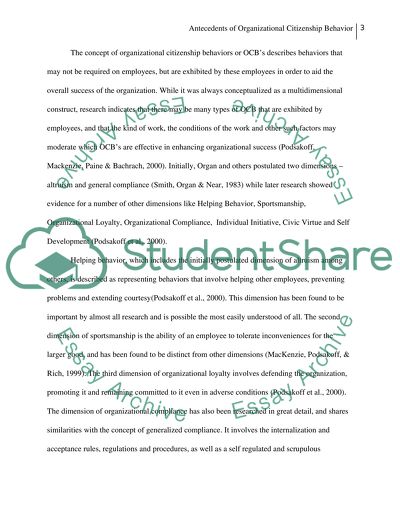Cite this document
(“Antecedents of organizational citizenship behaviours Essay”, n.d.)
Retrieved from https://studentshare.org/psychology/1456779-literature-review-essay
Retrieved from https://studentshare.org/psychology/1456779-literature-review-essay
(Antecedents of Organizational Citizenship Behaviours Essay)
https://studentshare.org/psychology/1456779-literature-review-essay.
https://studentshare.org/psychology/1456779-literature-review-essay.
“Antecedents of Organizational Citizenship Behaviours Essay”, n.d. https://studentshare.org/psychology/1456779-literature-review-essay.


